On the fiftieth anniversary of the Reverend Dr. Martin Luther King, Jr.'s murder, we find ourselves as a nation at some kind of crossroads: a crossroads where we will have to decide again how we, as a people, will deal with what Lyndon Johnson called the “crippling legacy of bigotry and injustice.”
Below is a reflection I shared with the St. Luke's community eight years ago after a profound professional development experience. I was selected to participate in the traveling seminar, “Race to the South: from the Klan to Katrina” led by NAACP Chairman Emeritus Julian Bond who passed away in 2015.
This trip studied key moments in Civil Rights history. I think many of the observations still resonate today.
Race to the South (Spring 2010)
This seminar was a transformative experience for me, and one that will stay with me for many years to come. A few observations seem most important to share: (a) participants in history are the most powerful storytellers, (b) the heroes of the civil rights movement were ordinary people, (c) the will to forget the past is still quite strong in many places.
The seminar included talks by noted scholars such as Douglas Brinkley, Peter Guralnick and Lawrence Powell. Perhaps most impressive, though, was the opportunity to meet and speak with Minnijean Brown Trickey, one of the Little Rock Nine. Of all the speakers I heard, she probably affected me the most. Two responses to questions about what it felt like to be one of the first nine black students at Little Rock Central High School strike me as worth sharing; they are critical reminders of what young people think about as well as being a testament to her courage. First, in response to what she expected her first day, "I couldn't imagine anyone would hate me." Then, in response to how those days affected her, "A part of my life was thinking, 'did I make them do this?'"
The following is a journal of the trip; I hope it brings this history alive to you in some small way.
Memphis – March 13, 12:20 p.m.
In another 10 minutes or so (whenever I finish this still-too-hot cup of coffee), I will walk from this Starbucks to the hotel to register for the seminar. I’m excited in an agitated kind of way. I am in a place that resonates with history, but where I sit is firmly in the present, in a Starbucks, staring at the Fedex Forum.
Later today, I will meet Julian Bond. Tomorrow I will worship with a local Baptist Church, and I will visit the Lorrain Motel where Dr. King was murdered. Then later, I will ride a bus to Little Rock where the conflict over desegregation showed its most public face. It will be a whirlwind. I hope I can absorb a fraction of the power of the places and people I will see.
A few minutes ago, I read the following quotation. It made me think about what’s left still of what Lyndon Johnson termed the “crippling legacy of bigotry and injustice.”
Quotation of the Day:
Black folks aren’t born expecting segregation, prepared from day one to follow its confining rules. No one presents you with a handbook when you’re teething and says, “Here’s how you must behave as a second class citizen.” Instead, the humiliating expectations and traditions of segregation slowly creep over you, stealing a teaspoonful of your self-esteem each day.
6:00 p.m.
History is storytelling and today I’ve heard some amazing, powerful, illuminating stories. Michael Cody, a Memphis attorney, told us of sitting knee to knee across from Ralph Abernathy, Andrew Young and Martin Luther King, on twin beds in a room of the Lorrain Motel on April 3, 1968. The details make it human. The events of the hours that followed that meeting still affect us today.
8:45 p.m.
I just had dinner with Ms. Christy Turner. A native of Memphis, her father is treasurer of the NAACP, as was her grandfather years before. After conversation and Memphis dry rub ribs, I expect she more than has what it takes to one day be treasurer herself.
Getting to know a few of my classmates, it turns out that another one of my dinner companions is cousin to the man I credit most with mentoring me through my first few years as a teacher.
I’m kind of overwhelmed here by the power and the experience of the people I am meeting. I’m already dreading the thought that there are only five more days in the trip.
10:00 p.m.
I’ve just been reading again King’s Letter from a Birmingham Jail and the following passage struck me as never before:
One day the South will recognize its real heroes. They will be the James Merediths, with the noble sense of purpose that enables them to face jeering and hostile mobs, and with the agonizing loneliness that characterizes the life of the pioneer. They will be old, oppressed, battered Negro women, symbolized in a seventy two year old woman in Montgomery, Alabama, who rose up with a sense of dignity and with her people decided not to ride segregated buses, and who responded with ungrammatical profundity to one who inquired about her weariness: "My feets is tired, but my soul is at rest." They will be the young high school and college students, the young ministers of the gospel and a host of their elders, courageously and nonviolently sitting in at lunch counters and willingly going to jail for conscience' sake. One day the South will know that when these disinherited children of God sat down at lunch counters, they were in reality standing up for what is best in the American dream and for the most sacred values in our Judaeo Christian heritage, thereby bringing our nation back to those great wells of democracy which were dug deep by the founding fathers in their formulation of the Constitution and the Declaration of Independence.
In transit to Little Rock – 5:00 p.m.
We are travelling with a museum. Touring the National Civil Rights Museum with Julian Bond is surreal. He was an attraction. He’s mentioned in more than one place – they even had a facsimile edition of an anti-war comic book he penned in the late 1960s.
Little Rock, Arkansas – March 14, 9:30 p.m.
This was an amazing and full day. It started with breakfast, where I was invited to share a table with Julian Bond and his wife, Pam Horowitz – a remarkable woman for her own contributions to civil rights law. As a group, we attended church at the Christ Missionary Baptist Church where we were welcomed with an overwhelming hospitality. This is a Christian community in the heart of south Memphis; it was heartwarming and humbling to be so generously welcomed by such a community. The service itself was an education, with amazing music, praise and testimony about the power of people’s faith. The minister, Rev. Dr. Gina Stewart preached on helping others with a power and conviction that deeply touched me. They even gave us a DVD of the service as a remembrance. It is an experience I will not soon forget.
The afternoon was spent with a visit to the National Civil Rights Museum at the Lorraine Motel – the site of Dr. King’s assassination. The museum itself was impressive, but as someone who has taught the material for years, the content of the museum is not what interested me most. It was standing feet from where Martin Luther King was shot, it was being able to cross the street and stand again only feet from where James Earl Ray fired the shot that killed him – this is what moved me. This tragic sense of place; it was in so many ways such a mundane and ordinary place. And something that changed our nation’s history came to happen there.
I was particularly struck by a passage on one of the museum displays I saw just before we left. It decried the fascination people have with arguing about whether there was a conspiracy to kill Dr. King. Instead of focusing on who killed Dr. King, we need to remember what killed Dr. King. Bigotry and fear were the forces that killed Martin Luther King: a powerful message that we will do particularly well to remember.
Little Rock – March 15, 7:30 a.m.
In about 90 minutes, our group will meet Minnijean Brown Trickey, one of the Little Rock Nine. As impressed as I am (and continue to be) by Julian Bond, I think of the Little Rock Nine as some of the greatest of American heroes. We were told a story of another of the group, Elizabeth Eckford, the other night. (She is at the center of one of the posters in my classroom). Her mother reported that when she got home that day in 1957 after having been harassed by an angry mob, her dress was so wet with spit that she could have wrung it out. To walk with such dignity in that context – she is as much a hero as I can imagine.
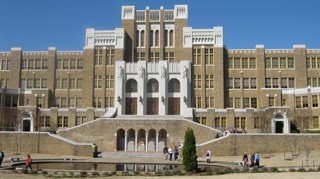 Little Rock Central High School
Little Rock Central High School
Little Rock – 5:10 p.m.
My ability to respond to everything I am hearing and seeing is beginning to falter. I hope I can capture here some small essence of what I experienced today.
Minnijean Brown Trickey is simply one of the most stunning people I have ever met. She is an American hero. Here are some of the things she said today in conversation with the group. Her comments were not prepared at all: this was a conversation!
“We were going to school.”
“I don’t know…. I chose myself” [in response to a question as to how she was chosen to be one of the first black students enrolled at Central High School]
“Our hearts were broken that first day.”
“I couldn’t imagine anyone would hate me.”
“We didn’t tell each other what was happening.” [on how the nine supported each other]
“Part of my life was [thinking] ‘did I make them do this’?”
“Our parents suffered isolation.”
“We each had at least one teacher who kept order in the classroom.”
“When I was expelled, I think she [my mother] was so grateful.”
The statement I found the most provocative is this: “The crisis in Central High hurt all the children … and these are the kinds of things we have to think about for our present and our future.”
Our tour of the high school was led by a 2001 graduate of Central High School (yes, it is still in use as a high school; it was opened in 1927 and currently enrolls between 2300 and 2500 students). Our tour guide noted that, “we still have a lot of work to do when it comes to race.” [Our guide is African American.]
We attended a book talk at the Clinton School of Public Service (attached to the Clinton Library). The speaker is the author of a forthcoming book to be titled Elizabeth and Hazel. They are the two girls from the iconic photo of the ordeal of Elizabeth Eckford as she walked to school on the first day in 1957. The talk was interesting. The questions and answers afterwards were powerfully enlightening. The tension in the room was palpable. There is more than a lingering resentment in this town, to this day, among a generation of people who were alive in 1957 that this piece of the past must be continuously reviewed. In three different ways, the author was asked when he thought people would just let go of this piece of the past. And this was an enlightened, educated crowd…
We also visited the Clinton Library and something called the Mosaic Templar Cultural Center where I got to witness Julian acting as protégé to a few local political candidates who showed up to meet him. Literally, he was showing them how to shake hands as a candidate, how to pose for what he terms a “grab and grin.” This is one of the many simultaneously educational and amusing moments we’ve had on the trip.
Little Rock – March 16, 6:15 a.m.
I woke up thinking of something else Minnijean Brown Trickey said yesterday. In response to a question about how to raise children so that they are more racially open and interactive: “If you’re living your life right, you don’t have to work at it.”
Today, we’ll head to Mississippi. We’ll spend much of the day talking about the history of the blues in the region. Later, though, we’ll pass down the Money Road. Money, Mississippi is where Emmitt Till was murdered. I actually feel myself getting a little nervous thinking about it. Somehow I feel like it should be an eerie place. What I’m learning on this trip, though, is that it will likely be the same as any other place – these events can happen anywhere.
Greenwood, Mississippi – 11:00 p.m.
Long day. I’m not sure how to describe it. We left Little Rock early and stopped in the following places (all in Mississippi): Clarksdale, Indianola, Money, Greenwood. I sit here now in Greenwood in one of the nicest hotels I have ever encountered, having just eaten a spectacular meal at Giardina’s restaurant.
There was only one focal point for Civil Rights today, a visit to Money, Mississippi, where Emmitt Till infamously said the wrong words to the wrong white woman in 1955 and ended up being murdered by the woman’s husband and brother-in-law. His death and the subsequent acquittal by an all-white jury of the two men who murdered him galvanized the nation at a time soon after the Brown decision.
Money, Mississippi, we’re told, was never really a town. At best it was a kind of crossroads, or occasional stopping point. Today, there is nothing... literally: the Bryant grocery where Till said those fateful words is a crumbling building with no roof and something less than three standing walls. The family that owns the property now is asking $1.5 million for a lot that wouldn’t claim $20,000 for any other purpose. The Greenwood businessman who took us to the site says that the message is clear: they don’t want anyone putting up any memorials there. There are many who would like still to forget what happened in Money.
Most of the day was dedicated to an exploration of the blues – the delta blues to be more precise. Clarksdale is considered by most to be the birthplace of the blues. Indianola, the home of B.B. King, boasts an incredible museum on the life and career of America’s “blues ambassador.”
Greenwood is a striking town. It not only boasts this amazing hotel (the Alluvian), but has a bustling and affluent business district. It’s the headquarters of the world’s largest cotton co-op as well as the Viking Range company. What’s most notable to us is that it is by far the most affluent place we’ve seen in Mississippi and while most of the wealthy in town are white, the town and county in which Greenwood is centered are almost 70% African American.
Tomorrow will include a drive along the Natchez Trace as well as a visit to a plantation for an exploration of slavery. Then it’s the bus ride on to New Orleans.
Good night!
March 17, 2010
A long and surreal day.
When we stopped in Clinton, Mississippi for a pit stop, I found a book in the visitor’s center, Remembering Clinton, 1940-1980. There was not a single photograph of a black person in the book.
We spent most of the day on the road between Mississippi and Louisiana. A stop in Natchez, Mississippi was most surreal. While we lunched in the restored “town home” of a plantation owner that was filled with pictures of smiling couples on their wedding days, most of them dressed in the garb of the antebellum era, Julian Bond gave a riveting (in a different crowd, it might have been incendiary) address on the role of white supremacy and slavery in American History. Then we proceeded to the house tour and a little bit of a driving tour of Natchez. The overwhelming feel is one of whitewash and denial.
We arrived rather late in New Orleans and broke into groups for our dinner plans. I’ll have to write more about Emmett and Priscilla at some point, a most amazing couple, but I’ll insert this small fact here. They are 89 years old and they quietly eschewed the thought of taking a cab to or from dinner… the walk was about a mile each way and we didn’t even leave the hotel until 9:00 p.m. Among other things in Emmett’s life: he studied with George Washington Carver at the Tuskegee institute between 1938 and 1943 and he later earned a Ph.D. in dairy science from Ohio State University.
There are simply some amazing people on this tour, and not just us our distinguished guest lecturers. Before I get home, I’ll have to write a little bit about Rev. Dr. Richard Tolliver.
Today, we will tour what Katrina hath wrought in New Orleans. Over lunch, we’ll hear a talk by Douglas Brinkley.
March 18, 4:00 p.m.
Another moving and affecting day. A tour of the city to look at Katrina related damage went on for three hours. We saw varying degrees of devastation, much of which was difficult to appreciate because everything has long-since been cleaned up. One particular neighborhood was striking only when I realized that there were cut stones placed logically all across the block, the former foundation stones and front stairs of hundreds of small homes that used to fill the area.
Our tour guide, Lawrence Powell, a professor from Tulane University, described that when he first saw the area in October of 2005 (six weeks post Katrina) it appeared as if all of the homes in the area had been put through a giant food processor – it was a large field of mixed and tossed rubble.
It’s hard to estimate the depth of destruction here. It’s even harder to try to get a handle on the myriad causes of the destruction. Three centuries worth of poor planning is the simplest explanation, but it’s clearly more complex than that. It’s equally clear that there were huge administrative failures on the parts of local, state and national government, some of which were outlined for us during lunch by Douglas Brinkley who spoke with great passion about the “perfect storm of bureaucratic failures” that made the situation so much worse than it had to be.
11:00 p.m.
I didn’t even know we had another speaker at our closing dinner. Nick Spitzer spoke eloquently and passionately about the role of jazz in the life of the city and as emblematic of what will hold the city of New Orleans together.
New Orleans – March 19, 8:55 a.m.
I just finished breakfast and will be leaving the hotel for the airport in a couple of minutes.
What a trip. I’m so glad I took the time to journal a little during the week. One of my colleagues, Mary Oberst, told me she is still processing what she learned on another version of this trip two years ago. I’ve begun the process with what I’ve been shown this week, but it will take a while to bring it all together. Meanwhile, I have some fantastic stuff to add to the curriculum.
The stories, the details, the pervasive sense that the story is not yet complete.
Now, I must go and begin my search for a cab.
St. Luke’s is a private, secular (non-religious) independent school in New Canaan, CT serving grades 5-12. St. Luke’s mission: An exceptional education that inspires a deep love of learning, a strong moral compass, the commitment to serve, and the confidence to lead.
Get our latest blog posts!

By Author
- Amber Berry: Former Head of Middle School ( 2 )
- Beth Yavenditti: Director of Global Education ( 3 )
- Carrie Meatto: Spanish Teacher ( 1 )
- Daphne Teittinen-Schreck: ESS Director ( 1 )
- Dr. Jason Haynes: History Chair ( 2 )
- Dr. Stephanie Bramlett: Former Director of Inclusive Excellence ( 2 )
- Gareth Fancher: Director of Emotional Intelligence ( 1 )
- Georgia Rosenberg '19: Student ( 1 )
- Hunter Martin: Summer Program Director ( 1 )
- Jacqueline Nelson: Director of Equity and Inclusion ( 4 )
- Jane Olsen: Fifth Grade Teacher (retired) ( 1 )
- Jason Giffen: Director of Enrollment Management ( 4 )
- Jessie Samuel, Fifth Grade Science Teacher ( 1 )
- Jim Foley: Asst. Head of School for Leadership & Innovation ( 2 )
- Jim Yavenditti: Director of Studies ( 1 )
- Joshua Schneider, Upper School Science Teacher ( 1 )
- Julia Gabriele: Associate Head of School & Chief Financial Officer ( 5 )
- Kate Parker-Burgard: Director of Community Connections ( 22 )
- Liz Perry: Assistant Head of School for Academics ( 11 )
- Mark Chuhta: Asst. Head of Middle School ( 1 )
- Mary Halpin Carter: Head of School ( 3 )
- Nancy Troeger: Director of Marketing and Communications ( 3 )
- Sonia Bell: Director of College Counseling ( 2 )
- Stephen Vehslage: Associate Director of College Counseling ( 1 )
- Students: Jack Briggs '21 and Liam Patty '21 ( 1 )
- Tom Owen: English Teaching Fellow ( 1 )
- Gareth Fancher ( 1 ) [Show All]
Recent Articles
Posts by Topic
- Leadership (44)
- Character (33)
- Mission (32)
- Community (28)
- School (25)
- Innovation in Education (18)
- Lifelong Learning (18)
- Service (18)
- teens (18)
- private school (14)
- Inspiration (13)
- Values (13)
- Moral Compass (11)
- Parenting (10)
- Diversity & Inclusion (9)
- Global Perspective (9)
- Above and Beyond (7)
- Gratitude (7)
- Moral Courage (7)
- Well-Being (7)
- Freedom (4)
- Mindfulness (4)
- SLSHeroes (4)
- college (4)
- Civil Discourse (3)
- College Admissions (3)
- Resilience (3)
- Student Voices (3)
- Technology (3)
- humanity (3)
- Meditation (2)
- Parents as Partners (2)
- Postive (Alumni) Outcomes (2)
- Private School Admissions (2)
- student-led learning (2)
- Athletics (1)
- Family (1)
- Patriotism (1)
- middle school (1)




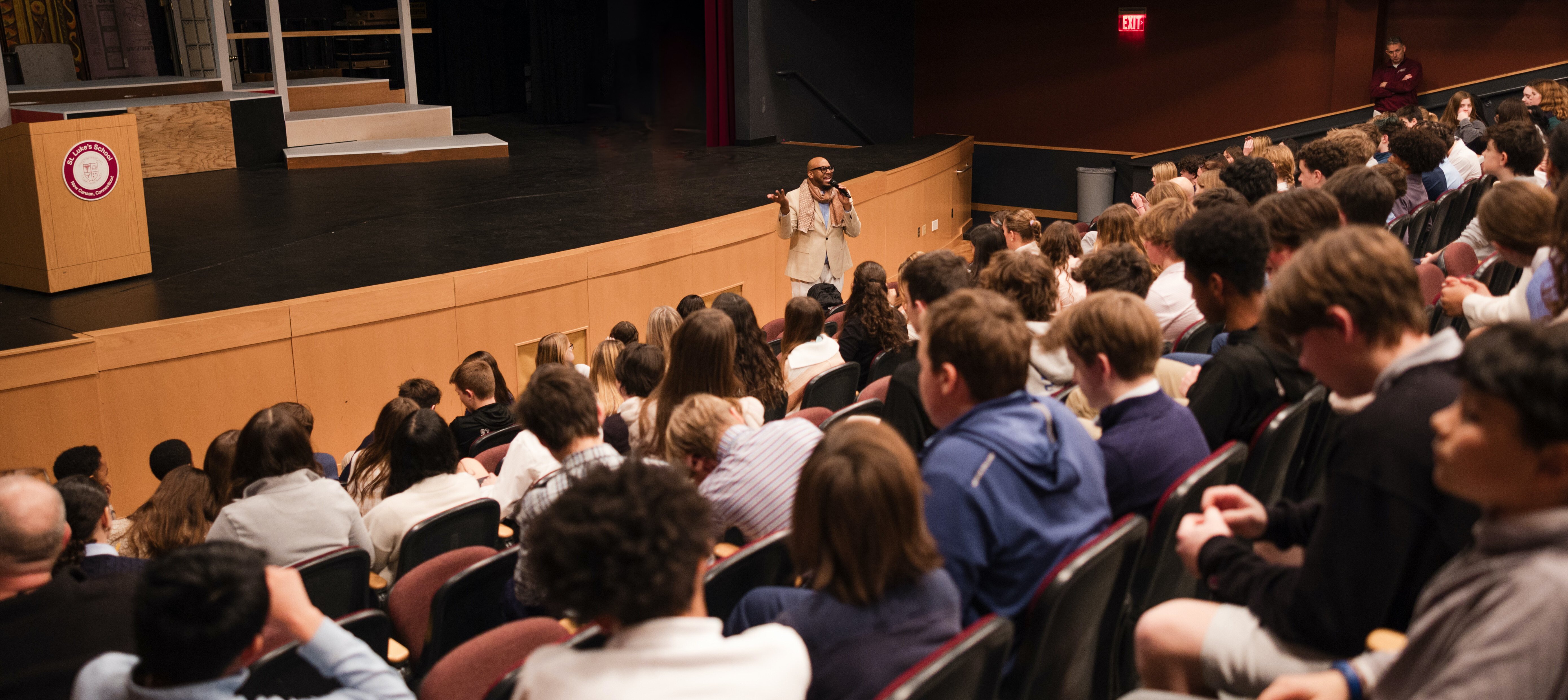
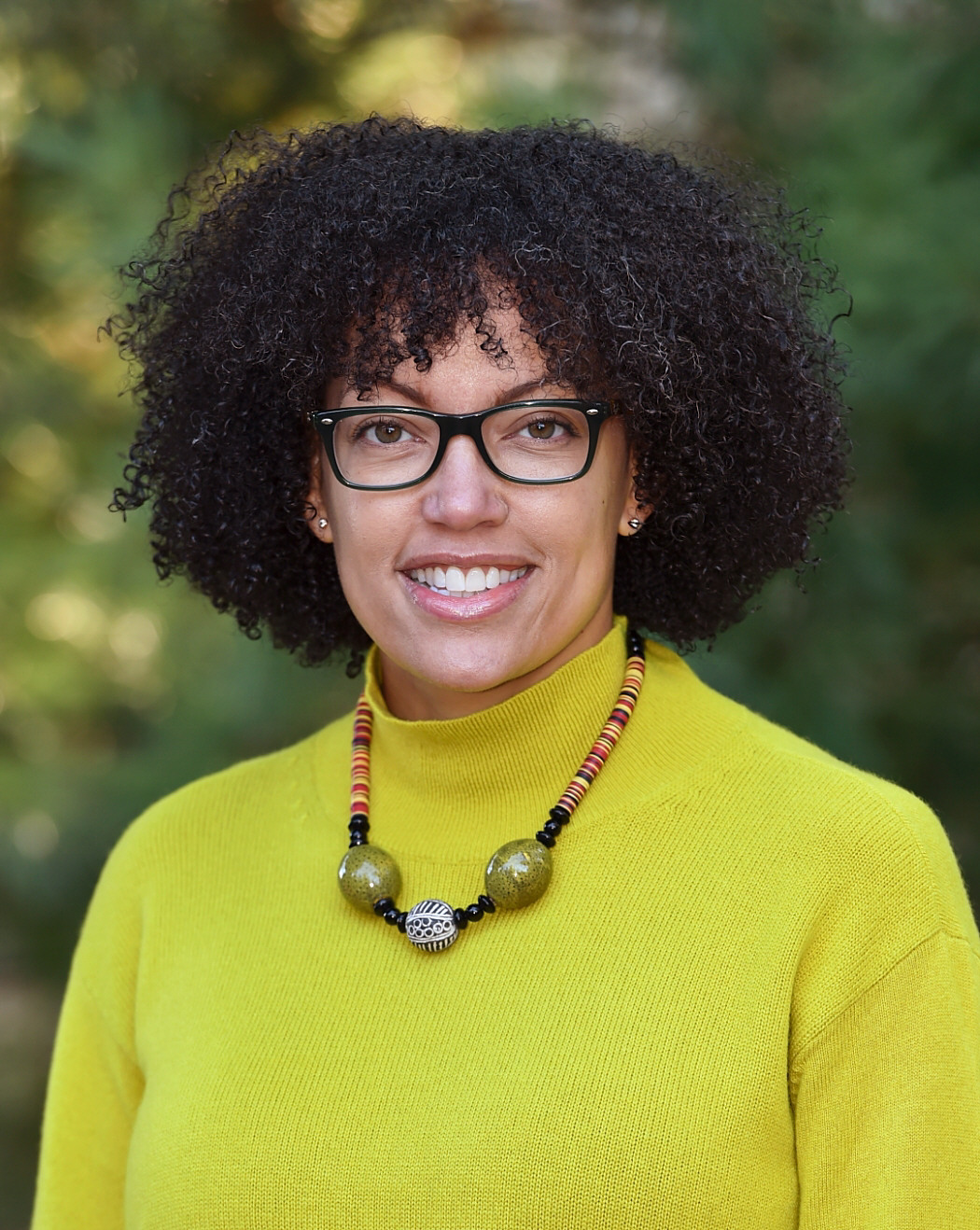
.png)
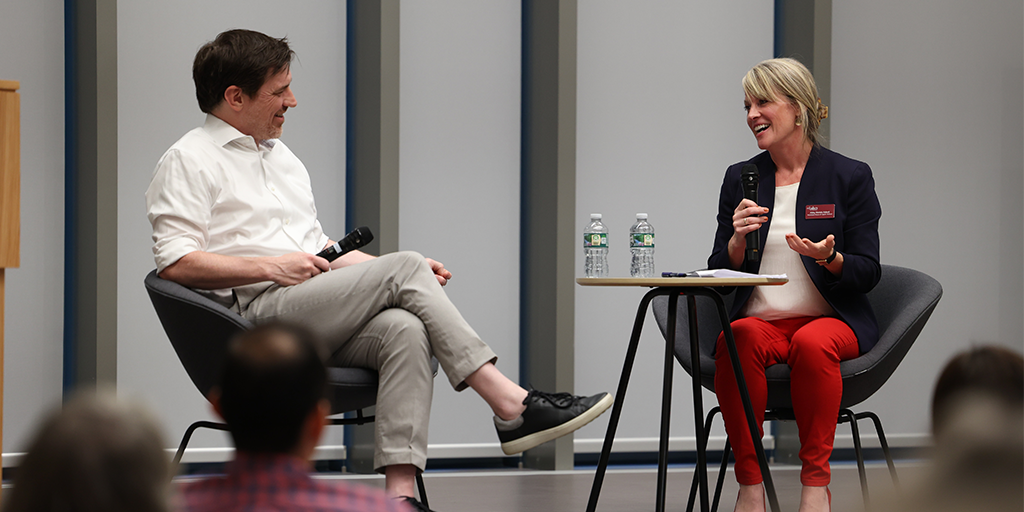
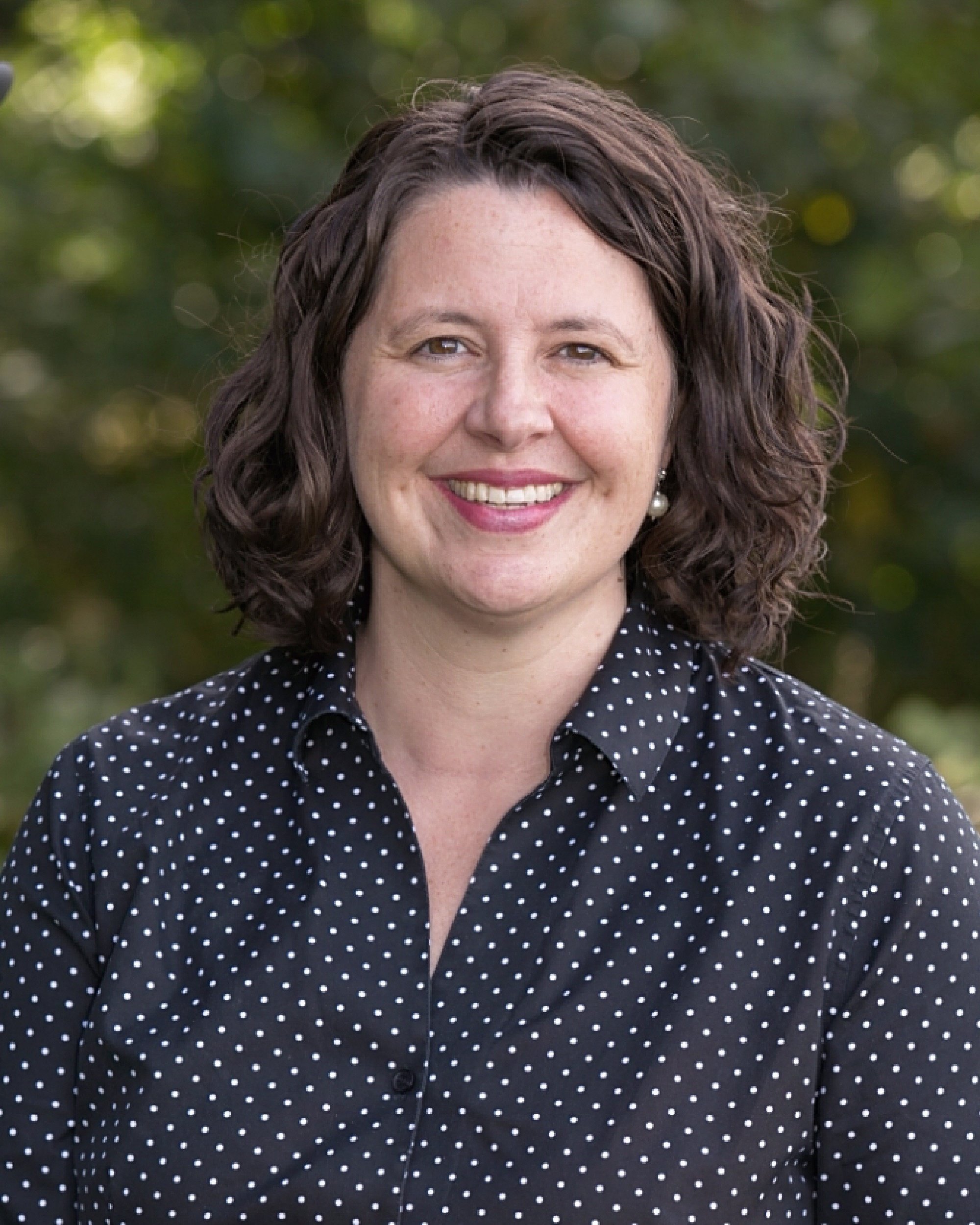








Leave a comment